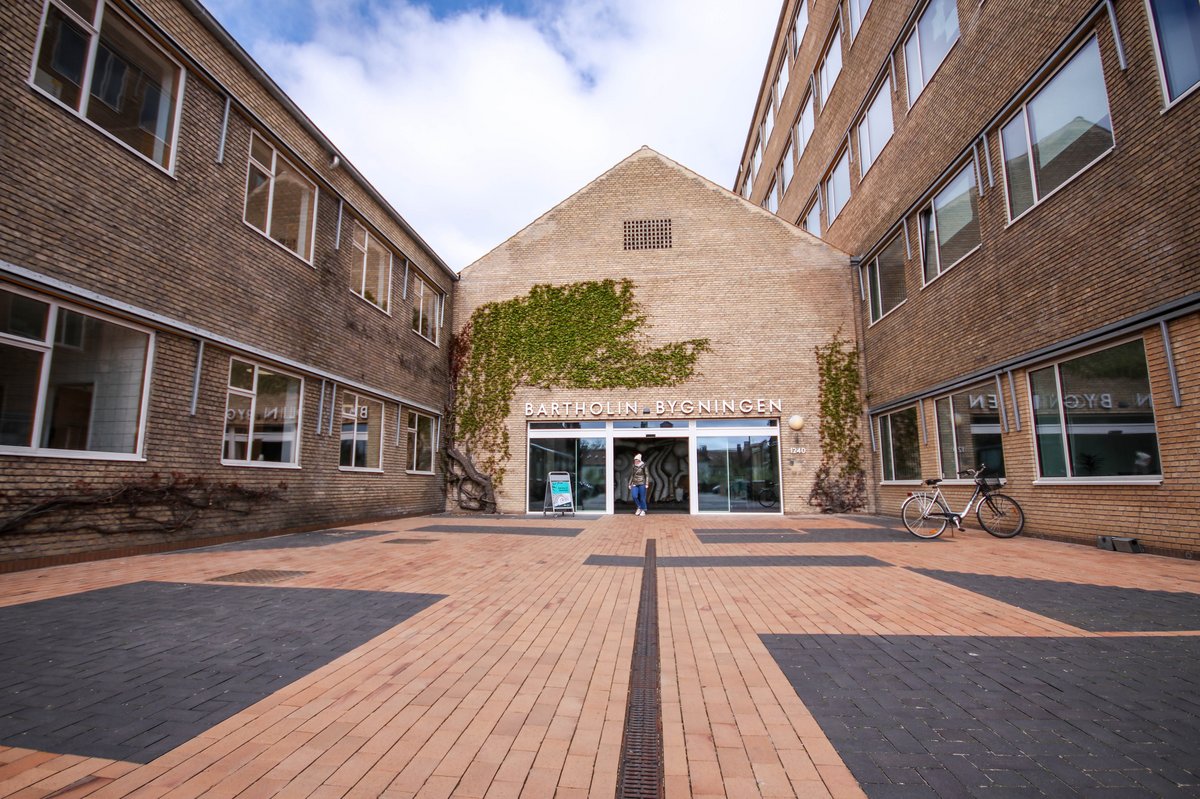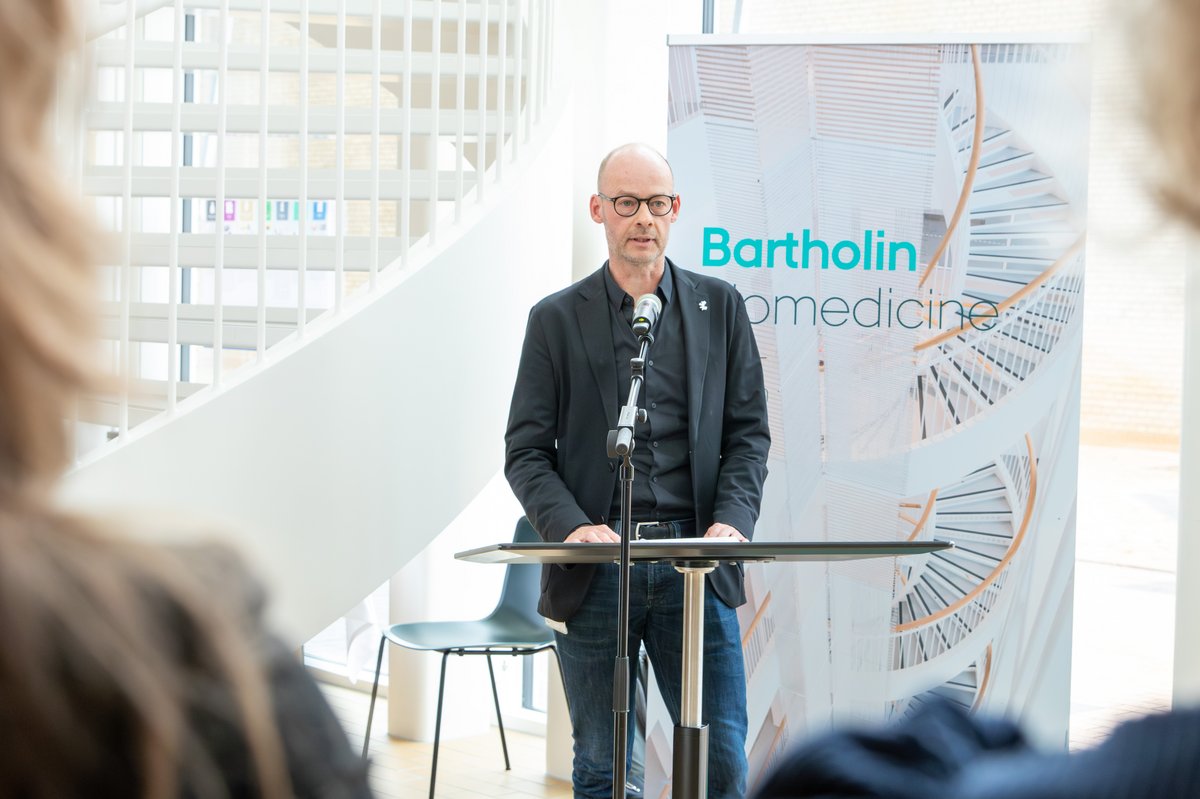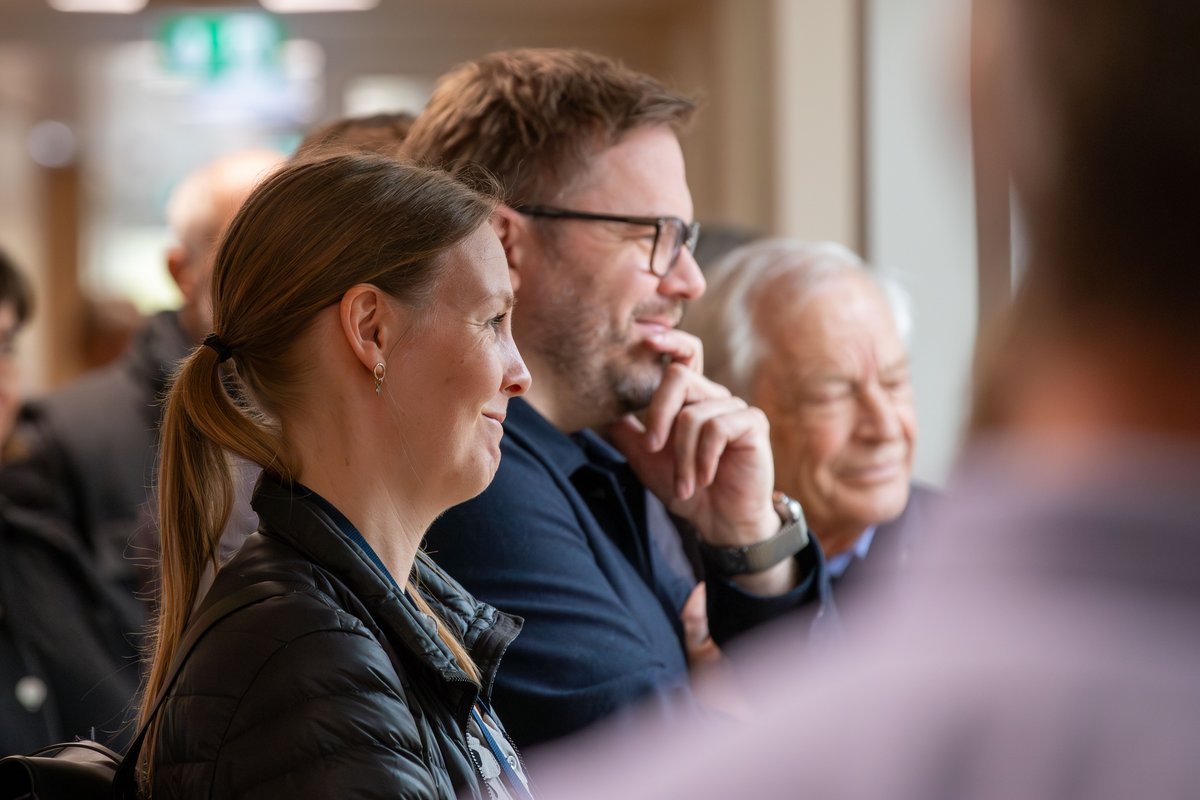See the photos: Bartholin Building inaugurated
Invited guests and staff celebrated the long-awaited inauguration with speeches and music.

On Thursday April 24, an important ribbon was cut in the University Park. After a thorough renovation, the Bartholin Building is finally complete.
Over the past five years, the building's 11,000 square meters have been transformed, and new offices, student environments, and research laboratories are now ready for use—interconnected by elegant passageways between the different spaces.
The Bartholin complex now includes Denmark’s first and only BSL3 laboratory. This is a sophisticated and secure facility where researchers can work with dangerous viruses at a much more advanced level than previously possible—generating new knowledge and insights into highly infectious diseases.
This aspect was also highlighted in a speech by the Rector of Aarhus University, Brian Bech Nielsen.
“To be at the forefront of health science research, the framework must be state-of-the-art,” he said.

The university’s rector, Brian Bech Nielsen, welcomed the guests and emphasized that the Bartholin Building houses research facilities of the highest caliber. “They provide us with a wealth of new academic opportunities. And they help make Aarhus University an even more attractive collaboration partner, so we can generate even more knowledge to benefit both Denmark and the international community,” he said.

One of the most eye-catching details is the beautiful staircase that spirals like a DNA strand up through the building. Along the staircase, one can see an impressive light sculpture by Norwegian artist and professor at the Academy of Fine Arts in Tromsø, Hilde Hauan Johnsen, who also participated in the inauguration. She is also behind the large woven images on the walls, which depict aspects of the world of microscopic anatomy.

“It is a great day,” declared Thomas G. Jensen, Head of the Department of Biomedicine, who himself was a research year student in the Bartholin Building in 1983.
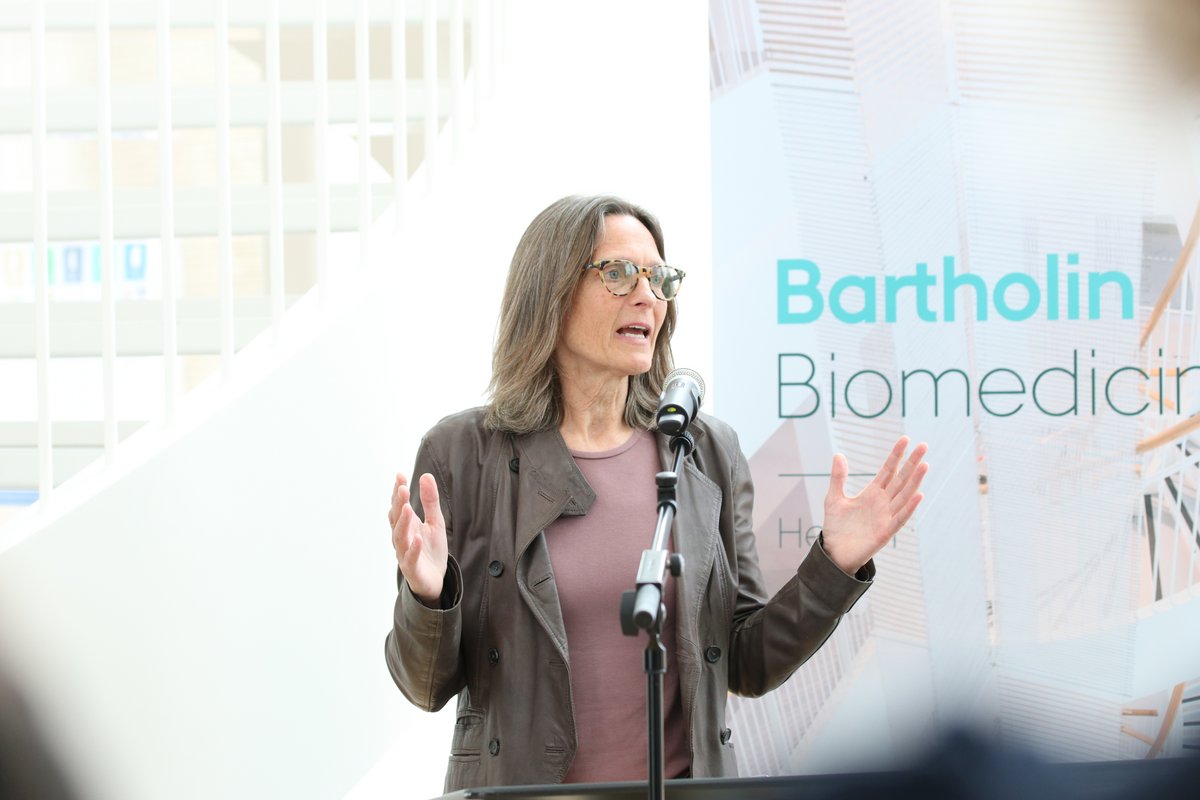
Dean of Health, Anne-Mette Hvas, remarked that in some respects, the planning and construction process could be compared to the efforts of the Greek mythological king Sisyphus. She extended a warm thank you to Health Building Services and to the many employees who were involved in the renovation and patiently took part in the relocations that occurred along the way.

Over the years, the building has housed the Department of Human Genetics, the Department of Pharmacology, and the Department of Medical Microbiology and Immunology. Today, all research groups are part of the Department of Biomedicine.
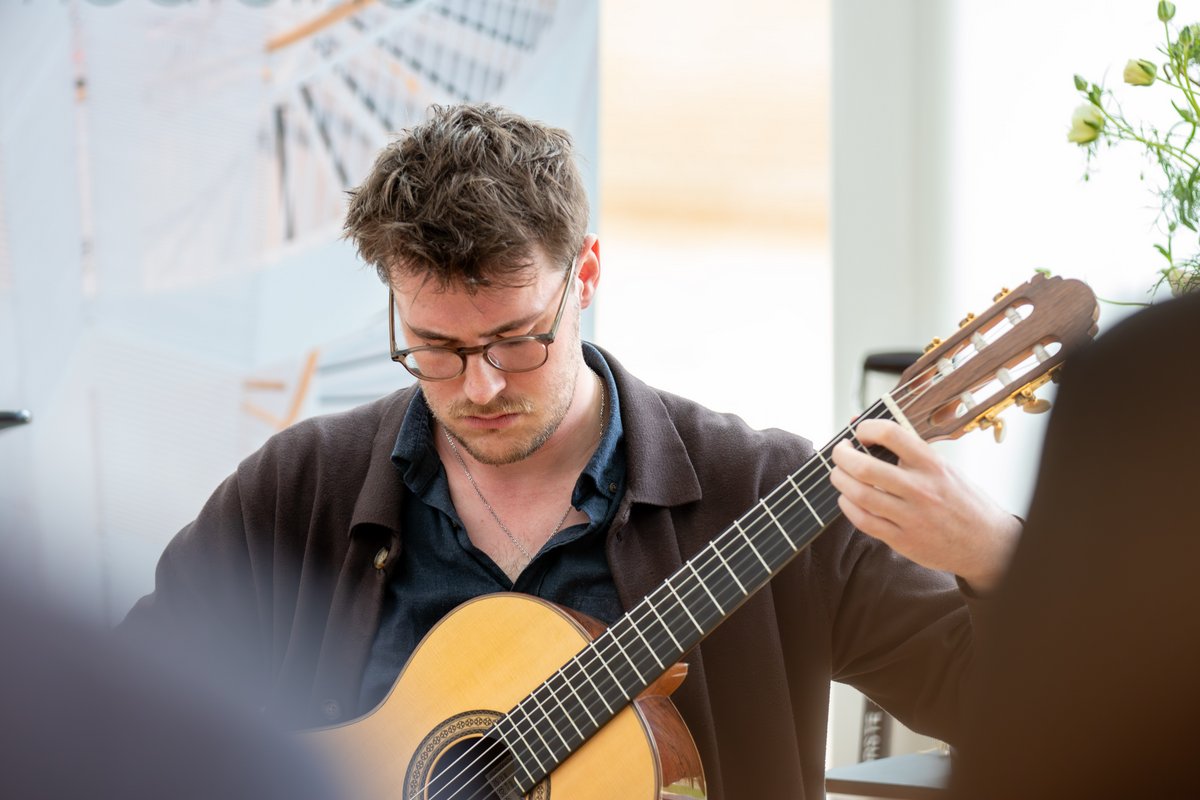
Christian Krogh from the Royal Academy of Music in Aarhus entertained guests with classical guitar - starting with the piece Lágrima by Spanish guitarist and composer Francisco Tárrega.

Nearly 200 employees now work in the Bartholin Building. The rent amounts to 3 million Danish kroner per month.

Partners from the construction process were present - including artist Leif Kath, who created the tile decoration outside Bartholin. The Danish Building and Property Agency was the developer, and CUBO Architects designed the project and served as general consultants.
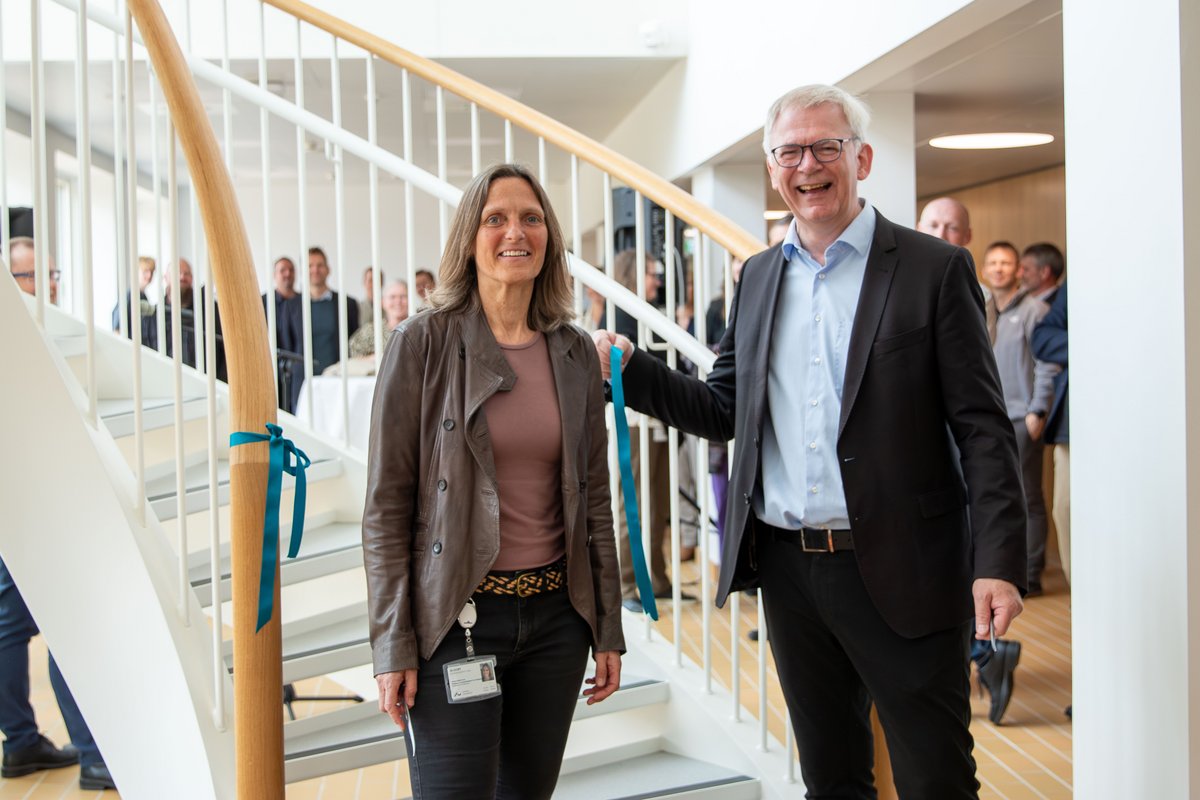
Dean Anne-Mette Hvas and the university's rector, Brian Bech Nielsen, jointly cut the ribbon marking the inauguration of the building.
